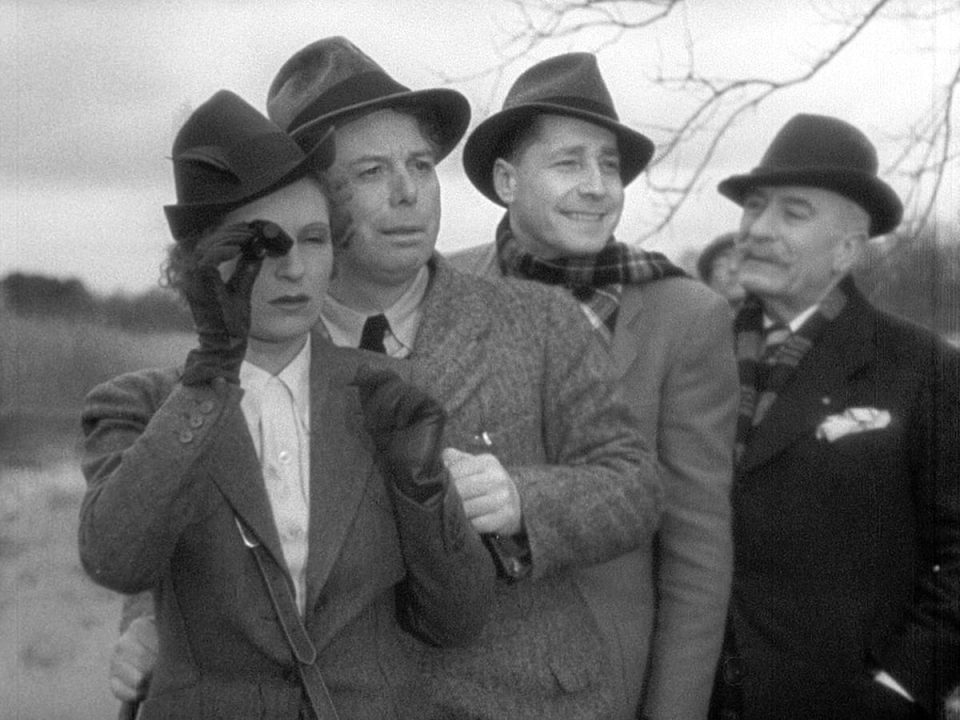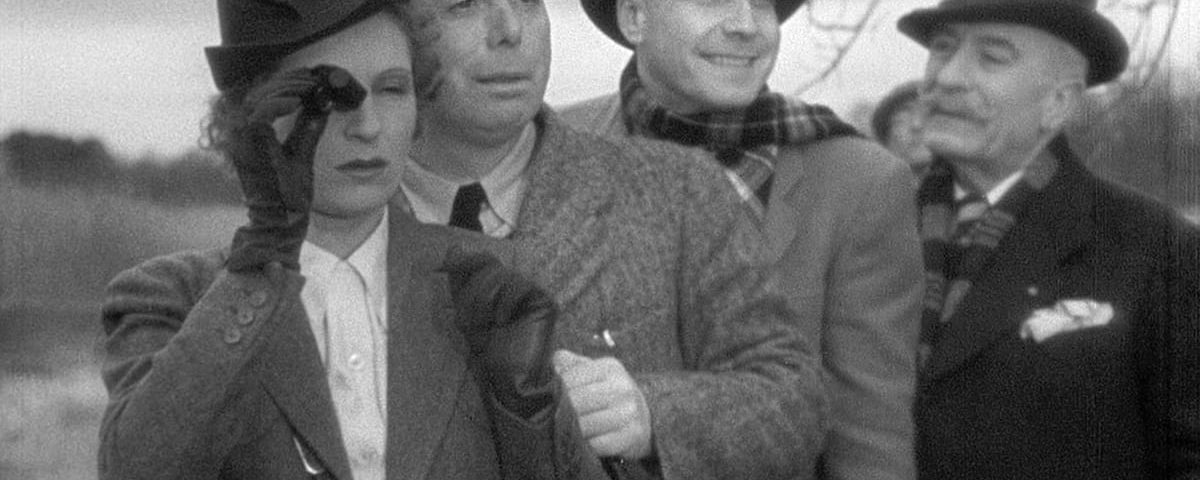How can a film be loathed at the time of its release, yet be recognized as great many years later? The answer varies according to each film. In the case of Jean Renoir’s The Rules of the Game (1939), it could have been the unfortunate timing (the eve of war), themes that struck too close to home for its audience (especially the jabs at social hypocrisy), and a too subtle approach that was decades ahead of its time.
In his autobiography, titled My Life and My Films, Renoir describes the audience reaction that caused him to edit down the film from 113 minutes to just 85 minutes:
I was utterly dumbfounded when it become apparent that the film, which I wanted to be a pleasant one, rubbed most people up the wrong way. It was a resounding flop, to which the reaction was a kind of loathing. Despite a few favorable notices, the public as a whole regarded it as a personal insult. There was no question of contrivance; my enemies had nothing to do with its failure. At every session I attended I could feel the unanimous disapproval of the audience. I tried to save the film by shortening it, and to start with I cut the scenes in which I myself played too large a part, as though I were ashamed, after this rebuff, of showing myself on the screen. But it was useless. The film was dropped, having been judged to be ‘too demoralizing.’
Now flash ahead to 1959 when Jean Gaborit and Jacques Marechal’s reconstructed version of the film premiered at the Venice Film Festival. Just a few minutes shy of its original length, it was hailed as a masterpiece. By 1972, it rose to the number two spot (just after Citizen Kane) in Sight and Sound’s International Critic’s Poll of the best films ever made.
Why such a wide divergence of opinion over just a 20-year period? By 1959, audiences were more receptive to Renoir’s layered approach. Film was taken more seriously by the late 1950s, and other directors had adopted a similar multi-tiered style. In The Rules of the Game, Renoir sets in motion rich dramatic, moral, and character-revealing substructures that resonate and intensify as the story unfolds.
In his book Jean Renoir, André Bazin describes why this complex structure provides such a rewarding experience:
To grasp the subtle organization of The Rules of the Game we have to go from the general to the specific, from the action to the plot and from the plot to the scene. To grasp the scheme of the film, we must see the music boxes, the bearskin which gives Octave so much trouble, the agony of the little rabbit, and the game of hide-and-seek in the corridors of the château as the essential realities of the film from which unroll the dramatic spirals of each particular scene. This accounts for the integrity and independence of each scene relative to the scenario as a whole. But it also explains the unique quality and orientation of these scenes, which develop cinematically in concentric layers, much like the grain of sand within an oyster gradually growing into a pearl.
I’ve found that over the years The Rules of the Game grows in stature with each viewing. It’s a lively film that’s warm-spirited and light-hearted, despite its sometimes weighty concerns. It plays as both farce and tragedy, and uses a broad brush to conjure a range of emotions. This truly is one of the finest films ever made.
The Rules of the Game
(1939; directed by Jean Renoir; cable, dvd, and blu-ray)
Criterion Collection
List Price: $39.95 (Blu-ray), $29.95 (DVD)
Monday, September 17 at 2:00 a.m. eastern (late Sun. night) on Turner Classic Movies
I first posted this article here at my Classic Film Review website.

